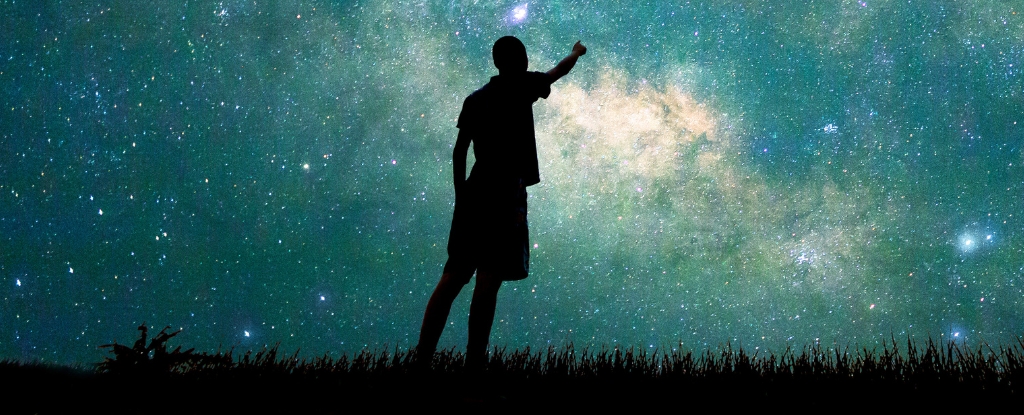
A recent study led by Professor David Kipping of Columbia University raises significant questions about humanity’s position in the cosmos. The findings challenge the long-held belief that Earth is a typical example of a habitable planet, suggesting instead that humans may be among the first intelligent beings in the universe.
The study revisits the Copernican Principle, which posits that Earth and its inhabitants do not occupy a special status in the universe. Traditionally, this principle has led scientists to assume that life exists elsewhere, given the vast number of stars and planets. Yet, Kipping argues that this perspective may be flawed, particularly in light of the unique characteristics of our solar system.
Kipping, who leads Columbia’s Cool Worlds Laboratory, emphasizes the “Red Sky Paradox,” the observation that while approximately 80% of stars are M-dwarfs—often associated with rocky planets in habitable zones—humanity does not reside around such a star. This paradox, alongside the relatively young age of the universe, prompts a reevaluation of where astrobiologists should focus their search for extraterrestrial life.
Historically, the idea that Earth is ordinary has been reinforced by influential figures like Carl Sagan. Sagan famously stated, “absence of evidence is not evidence of absence,” framing the ongoing search for extraterrestrial intelligence (SETI) as a pursuit of hope rather than despair. Kipping’s study, however, presents two significant challenges to this optimistic view.
First, Kipping highlights that while the Milky Way is home to an estimated 100 to 200 billion stars, only a fraction—specifically G-type stars like our Sun—are suitable for supporting complex life. He notes that G-dwarf stars make up only a small percentage of the total star population, and their characteristics, such as stability and the presence of large gas giants like Jupiter, are crucial for fostering life.
Second, Kipping points out that humanity exists within a minuscule window of time in the universe’s “stelliferous period,” which is expected to last around 10 trillion years. Given that the universe is currently about 13.8 billion years old, Kipping suggests that humanity might be experiencing a unique phase in cosmic history, potentially making us an outlier.
The implications of these findings are profound. Kipping’s statistical analysis concludes that the odds of humanity’s existence being mere luck are approximately 1600:1. This suggests that there are underlying factors that make the emergence of intelligent life exceedingly rare. His research posits that stars below a certain mass, specifically those less than 0.34 times the mass of the Sun, are unlikely to support intelligent observers, which could encompass two-thirds of all stars in the universe.
The study does not entirely dismiss the possibility of life around M-type stars, where rocky planets like Proxima b have been identified. However, Kipping urges caution, noting the challenges posed by the unstable nature of these stars, which can produce intense flares that threaten the habitability of surrounding planets.
While some research indicates that planets tidally locked to their stars might maintain conditions suitable for life, the overall uncertainty surrounding M-type stars calls for a broader focus in astrobiology. Kipping advocates for renewed efforts to search for Earth analogs orbiting G-type stars, particularly as advancements in technology, such as the proposed Habitable Worlds Observatory (HWO), come to fruition by the mid-2040s.
In conclusion, Kipping’s research prompts a critical reevaluation of humanity’s place in the universe. It challenges the assumption that we are typical and encourages the scientific community to remain open-minded about the complexities of life beyond Earth. As the search for extraterrestrial intelligence continues, the need for a diversified approach in targeting potential habitable environments becomes increasingly clear.






